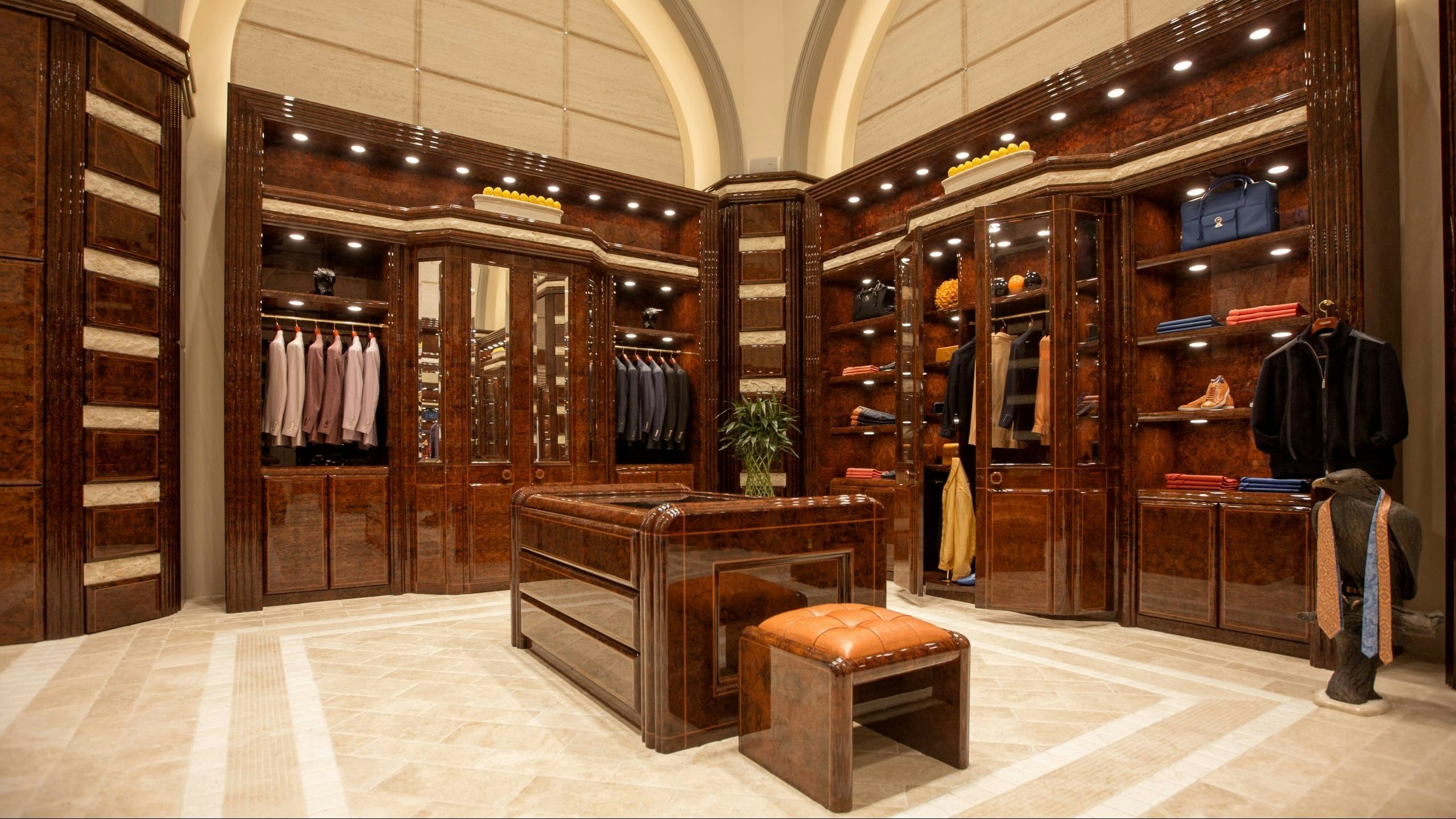Douyin blogger Mei Ji is 28 and lives in the region of Anhui. She shares her luxurious life daily, whether it's having an afternoon at the Bulgari Hotel or spending her days at high-end shopping malls. Usually Gen Z shoppers like Ji are considered to be the backbone of luxury — but many have said they are planning to cut their luxury spending if a recession happens.
Why isn’t this sending shockwaves through the luxury houses, ones that should balk at the possibility of losing their beloved Gen Z? Because there is a new cohort taking up the slack. And, in fact, names like Brunello Cucinelli, Stefano Ricci, Loro Piana, and China’s Icicle are seeing an uptick in spending despite the current financial uncertainty. These are the timeless “ultra-luxury” players that are now being favored by a wider demographic which includes mature and established consumers.
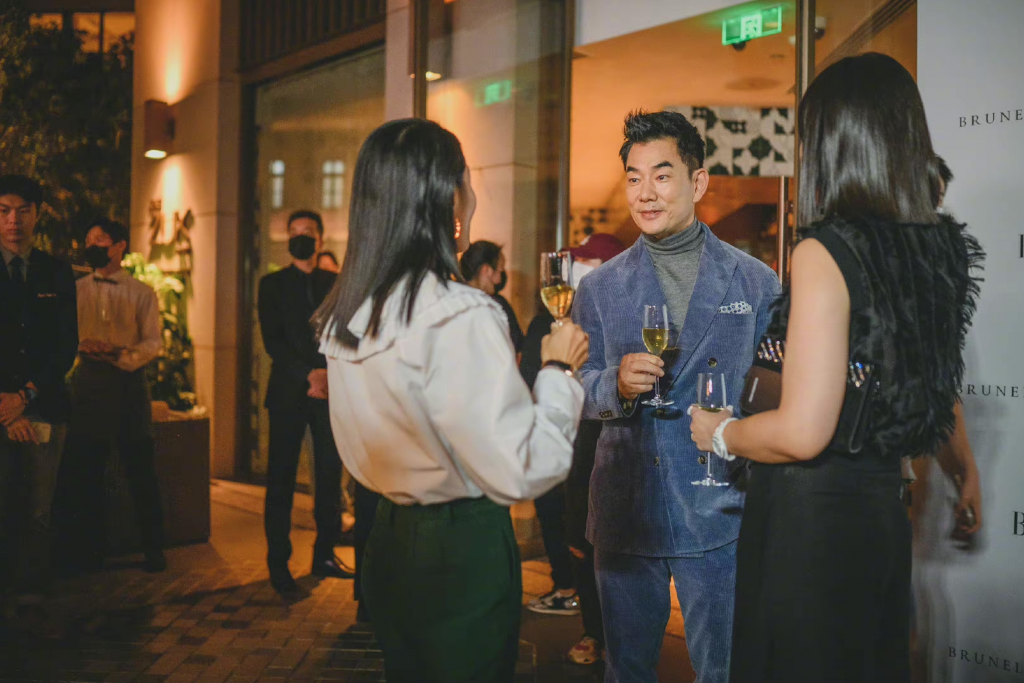
Here Jing Daily talks to these ultra-luxury brands and analysts to understand the dynamics of China’s quiet, ultra-luxury market.
A changing landscape#
Say hello to China’s UHNWIS — the local ultra-rich, who demand high craftsmanship and superior quality. Amrita Banta, managing director at Agility Research & Strategy, observed that since the pandemic began more than two years ago, “China’s UHNWIs are consistently more resilient in terms of both their sentiment and propensity to spend on luxury than affluent consumers.” Their extreme wealth means that they are obviously the last to feel the effect of an economic crisis.
In fact, the number of billionaires in China continues to surpass that of the US, meaning the local socio-cultural landscape is changing accordingly. For the third consecutive year, China topped the Hurun Global Rich List 2022 with 1,133 billion dollar entrepreneurs (an increase of 75 from the previous year), followed by the US with 716. Together the two countries account for 55 percent of the world UHNWIs. It is little surprise that they are the two world’s largest luxury drivers.
“These are the maisons’ real core consumers — who account for the bulk of sales. While recently there has been a lot of interest and focus in courting newer luxury consumers, especially Gen-Z, this cohort represents a much smaller slice of the pie,” stated Banta. What’s more, local ultra-high-net-worth shoppers are getting even wealthier and are willing to spend more. Elisa Harca, co-founder and CEO at the local marketing agency Red Ant, sees that the Matthew effect is taking place, which means the rich getting richer and the poor getting poorer. “High-net-worth individuals increased 1.3 percent, whilst ultra-high-net-worth individuals in China grew 2.5 percent. Hence, we are observing increasingly more super wealth locked up and ready to make important purchases that better speak to their desires,” she explains.
Who is appealing to UHNWIs?#
UHNWIs seek more than just a monogram or IT bag, but an in-the-know purchase. “Today Chinese customers are probably some of the most demanding and informed in the world and have developed a distinctive culture of quality,” remarked Brunello Cucinelli. Known as the king of cashmere, Cucinelli’s knitted cardigans cost up to 6,700 (47,700 RMB). It reported sales growth of over 32 percent in the first half of 2022, even surpassing luxury behemoth LVMH’s 28 percent.
The founder of the Italian house told Jing Daily: “Today Asia generates about 24 percent of our revenues, and China alone accounts for about half of our Asian business. We see large room for development but we hope to implement it fully over time while remaining true to our identity.” Between 2011 and 2020, Cucinelli’s business in the mainland market grew eightfold, from 7.4 million (52.6 million RMB) to 61.7 million (439 million RMB).
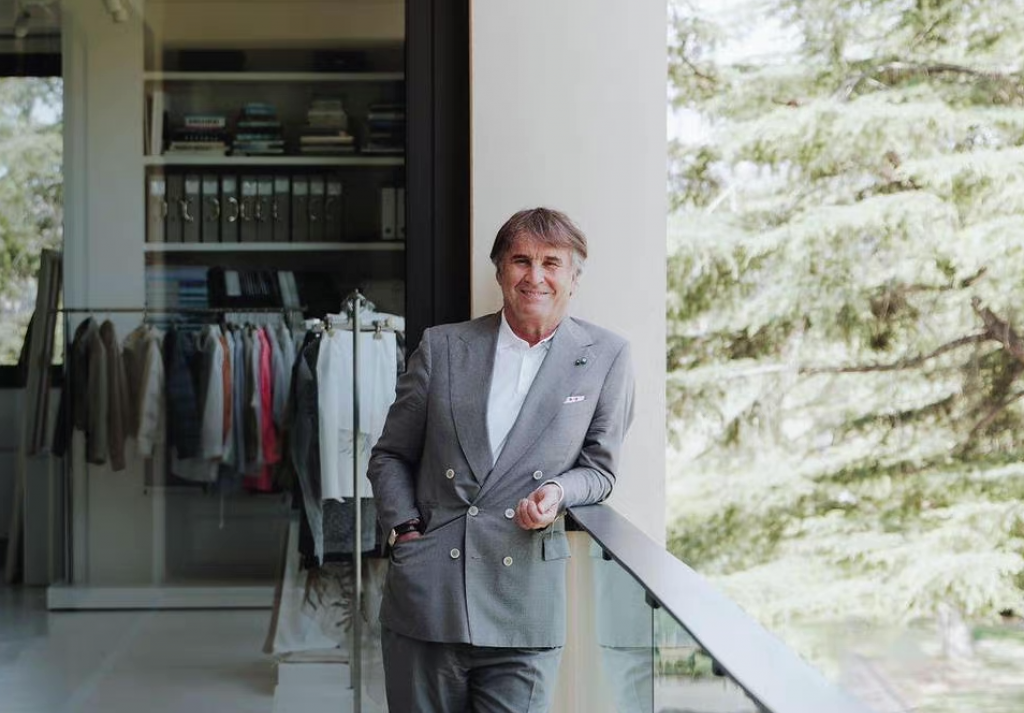
Once a make becomes too accessible, it loses its niche appeal and moves out of the ultra-luxury space. Italian menswear house Stefano Ricci, which entered China as early as 1993, has followed the opposite trajectory and is recognized as being synonymous with absolute quality in the country. CEO Niccolò Ricci shared that its Chinese consumer wants a sense of personal sartorial pleasure that is not overstated but rather based on artisanal values and attention dedicated to clients. “There is no need for exaggerated color shades or the excessive use of exotic skins,” he affirmed. “Luxury brands are often seen as creating ‘shock’ proposals, while we make ‘chic’ proposals.”
Leather-goods label Delvaux, the official purveyor of the Royal Court of Belgium since 1883, has opened new boutiques in Shenzhen MixC and Shanghai Qiantan Taikooli, meaning it is trading on the fact that UHNWIs are mainly distributed in first-tier cities: Beijing, Shanghai, and Shenzhen, followed by Hong Kong and Hangzhou.
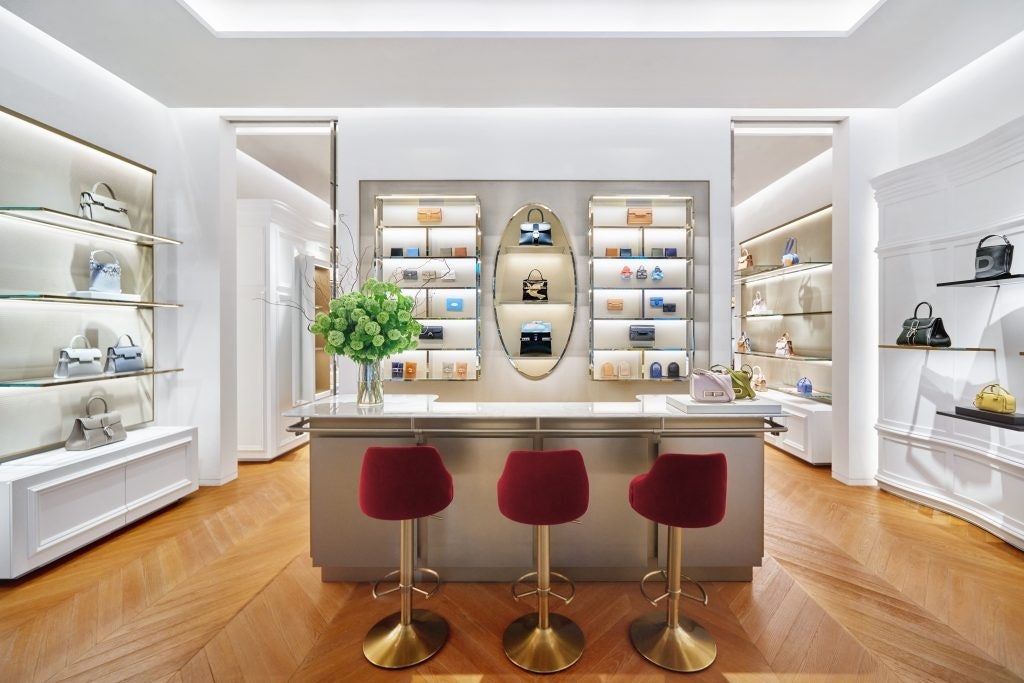
A nuanced communication strategy#
One of the biggest differences between a luxury and ultra-luxury concern is communication strategy. Having a Rolodex of celebrities and hip viral campaigns may be too obvious for clients in the uppermost echelons. Yet, the challenge in China is that it’s a market that tends to rely heavily on celebrity endorsements which often goes against this concept of an “understated” identity. “If a brand has limited awareness in China, it might find it more challenging to break through and build their awareness quietly,” noted Harca.
Cucinelli, whose group firmly resides in the ultra-luxury segment, reveals how “we have succeeded in achieving this legitimacy undoubtedly through the quality, creativity, and craftsmanship of our products, but also thanks to a very cautious communication strategy that has allowed us to protect the exclusivity of our brand by increasing its appeal and desirability.”
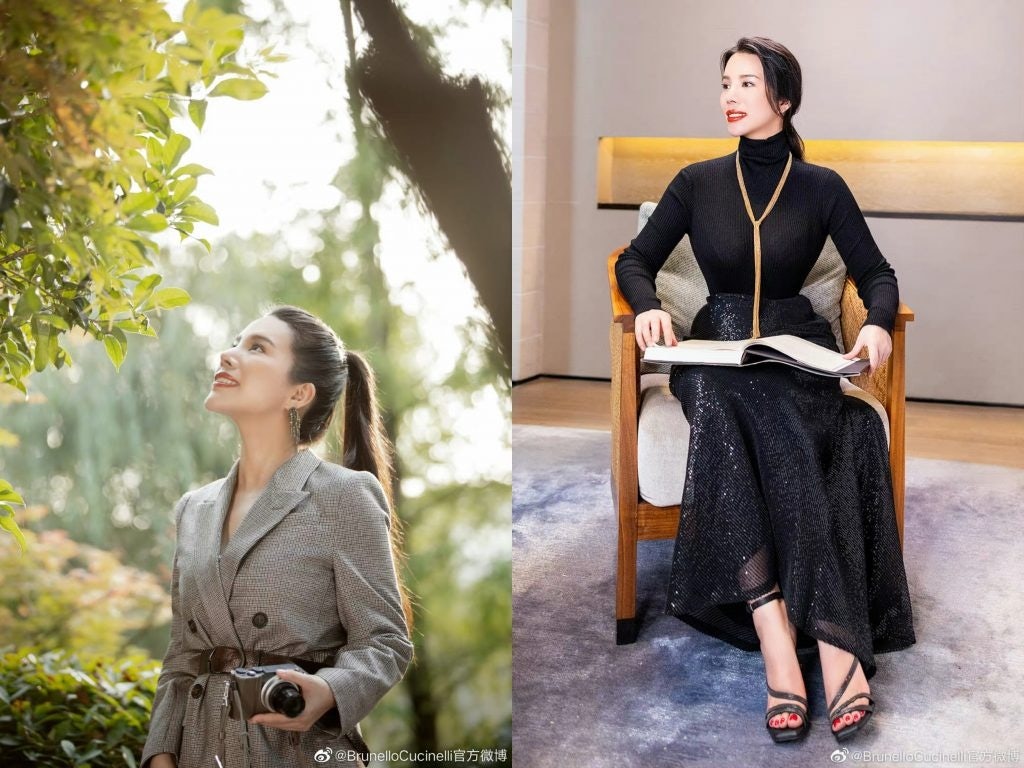
Rather than having idols wearing their collections, socially influential personalities and elites are on the Italian company’s radar: for instance, this August the high-profile businesswoman Wendy Yu, founder of Yu Holdings and the Yu Prize, shot a campaign and recorded a podcast episode for the line.
Quiet luxury needs quiet marketing#
For establishments that wish to build that timeless, ultra-luxury status, it is a long journey of educating the customer about the institution's codes and refined experiences, and creating word-of-mouth leads. Quiet ultra luxury is not just selling a beautiful garment and service; it’s also a form of specialist know-how, exclusive to a very small, selective circle.
“To those not in the know, it could appear they are doing very little. But they are actually doing a lot, it’s just curated and targeted to those they want to speak to,” Harca divulges. Only by dressing profiles that mirror their UHNWIs clients’ values can brands secure their attention. Given the ongoing economic downturn, luxury ventures need to reassess their consumer hierarchy and marketing formulas to cater to those whose wealth is more recession-proof, and appeal to those with tastes more timeless and quality focused than purely trend-driven.
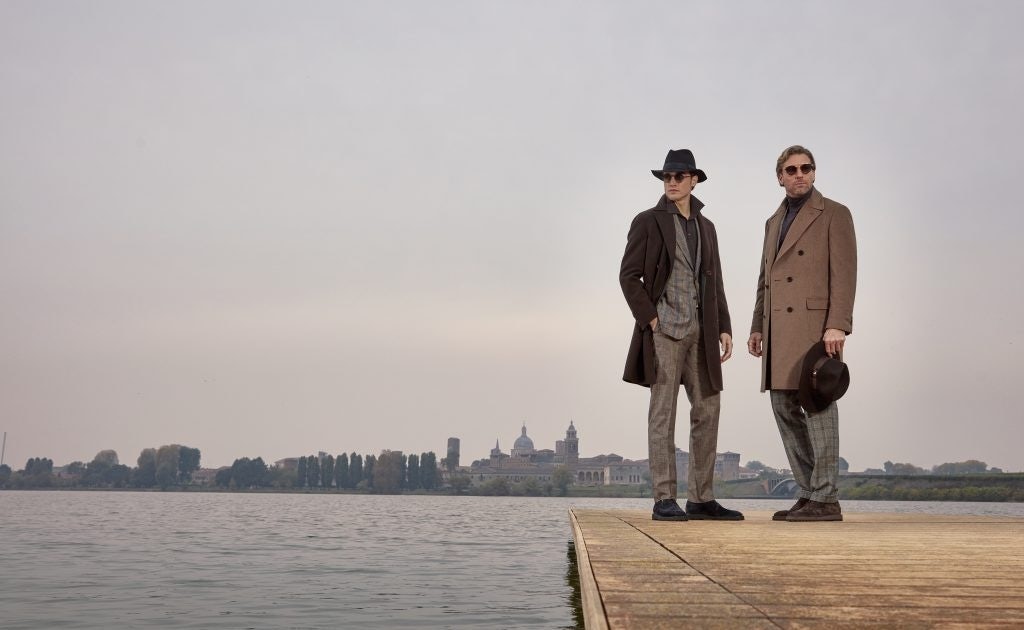
As Niccolò Ricci summarized, “At Stefano Ricci, we promote a sense of respect towards a customer who deeply understands product culture. It is important to know how to make suggestions for a suit or sweater for the elegant, cultured, and refined men who dress for a sense of personal pleasure.” Luxury has much to learn from this quiet approach.
